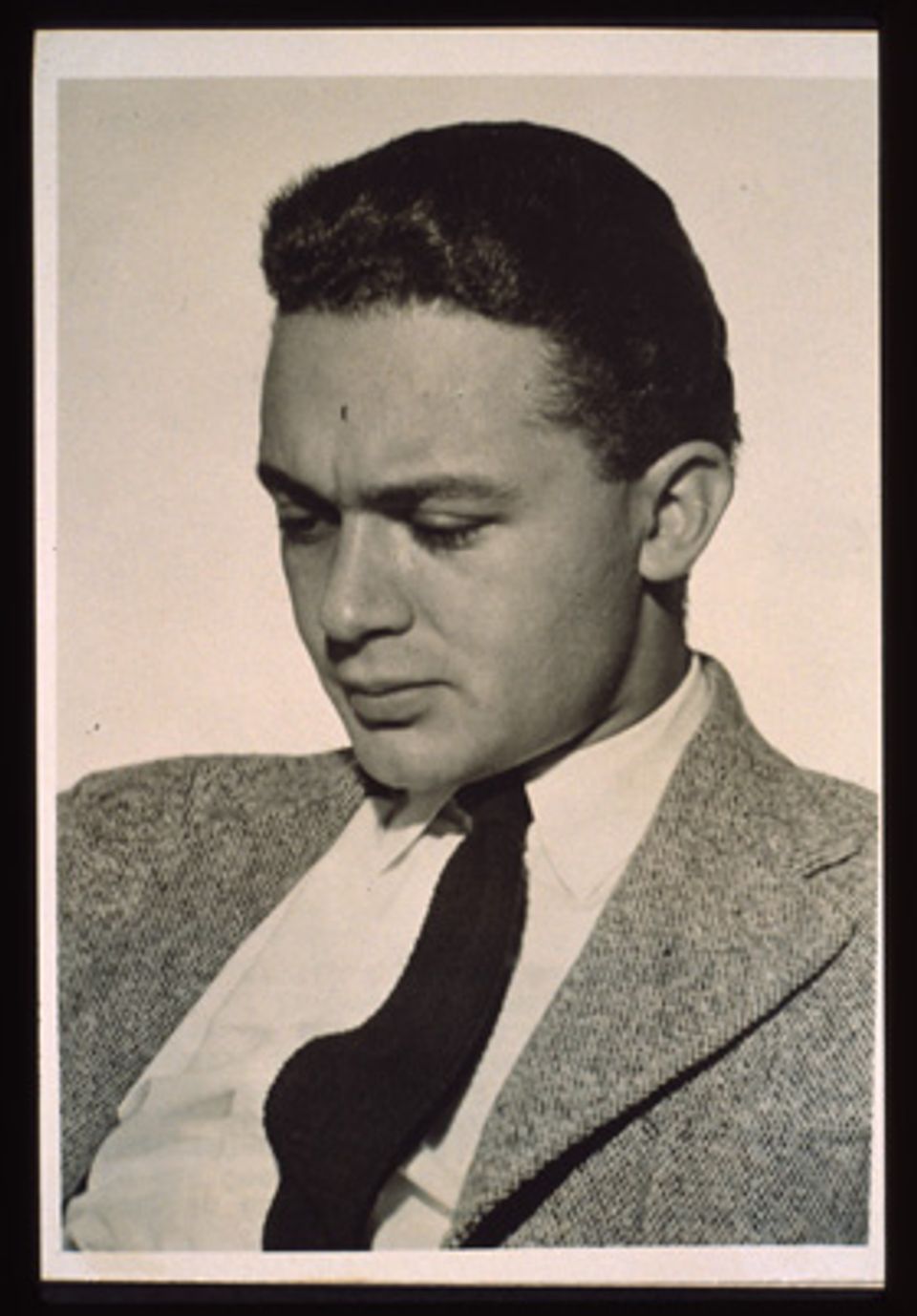Paul Rand

- Died
- Norwalk, Connecticut, United States
- Active in
- Weston, Connecticut, United States
- Biography
Paul Rand was one of the twentieth century's most influential graphic designers. Born in New York City, Rand was educated at Pratt Institute, Parsons School of Design, and the Art Students League, where he worked with George Grosz. From 1936 to 1941 he served as the art editor of Esquire magazine, and he taught at the Advertising Guild, Pratt, Cooper Union, and Yale University, where he was a professor emeritus of graphic design. He has received awards from the American Institute of Graphic Arts and the Art Directors Club of New York and was given an honorary doctorate by the Philadelphia College of Art.
Rand designed the logos for a number of major commercial firms, including IBM, the American Broadcasting Company, and Westinghouse Corporation. His commitment to design education, combined with his writings and numerous visual innovations, constitutes a lasting legacy for American designers.
Rand's poster designs reflected his theoretical writings on this art form. In one important essay he emphasized the need for a poster to work as a cohesive facet of the environment for which it is intended, and he discussed at length the different consequences that this interdependence can have on all aspects of the design process. The theme of integration and harmony in design was a constant for Rand. Writing in 1970 on the process of effective graphic design, he stated:
The designer does not, as a rule, begin with some preconceived idea. Rather the idea is … the result of careful study and observation, and the design is the product of that idea. In order, therefore, to achieve an effective solution to the problem the designer must necessarily go through some sort of mental process. Consciously or not, he analyzes, interprets, formulates. He is aware of the scientific and technological developments in his own and kindred fields. He improvises, invents, or discovers new techniques and combinations. He coordinates and integrates his material so that he may restate his problem in terms of ideas, signs, symbols, pictures. He unifies, simplifies, and eliminates superfluities. He symbolizes—abstracts from his material by association and analogy. … He draws upon instinct and intuition. He considers the spectator, his feelings and predilections.
Therese Thau Heyman Posters American Style (New York and Washington, D.C.: Harry N. Abrams, Inc., in association with the National Museum of American Art, 1998)













